Palmetto Bluff Real Estate Company Sales Office
Office Hours
Monday-Friday 9am - 5pm
Saturday 9am - 4pm
Sunday 12 - 4pm
Saturday 9am - 4pm
Sunday 12 - 4pm
If you’ve ever spent any amount of time on the water in the Lowcountry, you’ve probably also caught yourself nearly tranquilized by the beauty of the majestic salt marshes, muddy tidal flats, inviting barrier islands, miles of sandy beaches, winding creeks, enticing riverways and much more. With the tides and warm breezes, this area has a unique way of persuading and tempting its residents and visitors to immerse themselves into this land – to know it and to love it.
Just as it is customary to cozy up by a fire and stare deeply into the roaring inferno and glowing embers, it is equally as tantalizing to stop in your tracks on the marsh edge and appreciate the ripples of our rivers and the sway of the marsh grass in the wind. You can get lost in the heart of the Lowcountry, the powerful and unforgiving, yet vibrant and dynamic waterways that shape this ecosystem.
A POWERFUL STORY
After having agreed to write this article on the highly active and intriguing Lowcountry ecosystem, I thought, ‘1,500 words – what a cinch!’ After all, I am a native to this area, and I did grow up on the relaxed barrier island of Wilmington Island (in my mind, I grew up on the water, so to speak). I thought surely I knew enough about this habitat after being immersed in it my entire life.
But then the research began, and I quickly realized how complex and significant each flowing river was to this area and how each piece of marsh grass and organism living in these waters and estuaries is equally important – and how little I actually knew about this magnificent ecosystem.
So, I made my first call, blindly, to the Coastal Discovery Museum on Hilton Head Island, initially to ask about our resident bottlenose dolphin. While I was growing up, my little brother worked with local dolphin tour companies, so I knew there was a species of dolphin that called our waters home year-round. However, after my first five minutes on the phone with Carlos Chacon, Biologist and Naturalist and Manager of Natural History for the Museum, it was very clear to me how truly remarkable this habitat is, and how my original intention to write about the cute and playful dolphin was actually a much bigger – and more powerful – story.
Carlos told me about everything from oysters, crabs, shrimp, manatees, sea turtles, alligators and plankton (and yes, of course, dolphin) that inhabit this area, to the impressive tidal range of the South Carolina Lowcountry, and he even managed to give me background on migrating shorebirds, breeding season, hatching season and the native spartina grass. Whew!
His passion and knowledge for the land and water and everything that calls it home was humbling. So, after that hour-long conversation with Carlos, I felt armed with information, inspiration and curiosity, and I was so much more passionate about the brackish waters of our marshes and creeks that I knew I had to (attempt to) tell this story.
%GALLERY%TIDAL RANGE BRINGS CHANGE
Second only to Maine, which averages a 10-foot tidal range, the South Carolina Lowcountry has the second-largest tidal range on the East Coast, averaging around a six-foot difference between high tide and low tide.
Tidal range is associated with tidal amplitude and refers to the average daily difference between high tide and low tide. The amplitude is also directly correlated to the position of the moon.
What does the moon have to do with the tide?
The moon rotates around the earth every 24 hours and 50 minutes (also known as a tidal day), which is why high tide is around 50 minutes to an hour later day by day. During the highest tides, the gravitational pull from the moon is the strongest because it is actually pulling at the earth’s surface under the ocean and creating a concave mound on the ocean floor. Because this mound has formed, the water must be dispersed and eventually it makes its way to the coastline where we then have a picturesque high tide to enjoy.
What does the tide do for our ecosystem?
Incoming daily with the tides are thousands of organisms that reach our estuaries and marshes and provide nourishment for the plants and animals that live in this environment. Many organisms, as well as crab, fish and shrimp, spend the majority of their early lives in the marsh by the coast where the saltwater is diluted. They then build a salt tolerance and prepare for life in the open sea.
On the other hand, the outgoing tides carry large amounts of nutrient-rich food with them made up of decomposed plant vegetation, adult organisms, shrimp, crab, smooth cord grass (spartina) and more.
HAIL SPARTIN-A!
Native to the South Carolina Lowcountry and also found all along the Atlantic coast from Canada to Argentina, the essential Spartina alterniflora (or smooth cord-grass) is the only plant that can grow successfully while fully submerged in saltwater. It can be found along the coastline or in tidal flats, defining the twists and turns of our favorite creeks and rivers. It provides a thick barrier between the open ocean and delicate marsh edge while also acting as a natural filter to dilute the salty water from the ocean that is brought into the estuaries for animals. It also provides a food source for many other species, such as manatees and grasshoppers.
This grass is also washed up onto beaches by the tides, making its way into the sand dunes to help support the dune foundation and provide vegetation for numerous beach animal life, including migrating shorebirds.
Another crucial role of this perennial grass is the protection it provides for the shoreline, preventing the tides from eroding the bank. Its thick base and complex root system under the marsh floor allow it to extend anywhere from three to seven feet vertically, providing a strong barrier from both water and wind.
This thriving plant provides an important role while alive, and it continues its importance in the ecosystem after it dies, as well. Large clumps of dead spartina grass are characteristic of these waters and seen in the creeks and rivers of the Lowcountry heavily in the fall and winter months as the seasons change. When you’re kayaking and a thick clump of dead marsh grass comes along that you have to use your paddle to push out of the way – yeah, it’s that stuff.
These clumps of cord-grass are known as wracks and, when broken down by bacteria, organisms and fish, they become small enough pieces for other animals, such as clams, oysters, mussels, snails, crabs and others, to eat.
The perfect real estate?
Well, it depends on who you ask. For many small animals in the Lowcountry waters, the answer is ‘yes.’ Spartina cord-grass gives structural support to fiddler crab homes as they burrow their homes at its base. It’s also not surprising to find a group of mussels or oysters clumped together at the foundation of this grass as, again, it provides a sufficient and safe place to live. Many small fish and other marine life also take shelter in the grass while hiding from predators.
But there is no doubt that the South Carolina Lowcountry is rooted by its rich ecosystem and easily inhabitable environment, while also demanding respect by both the marine life that reside in it and the human life that reside adjacent to it. There is so much more to learn about the fascinating ecology of the Lowcountry. For more information, visit www.coastaldiscovery.org or come to the Bluff and explore it yourself.
Photography by Greg Smith
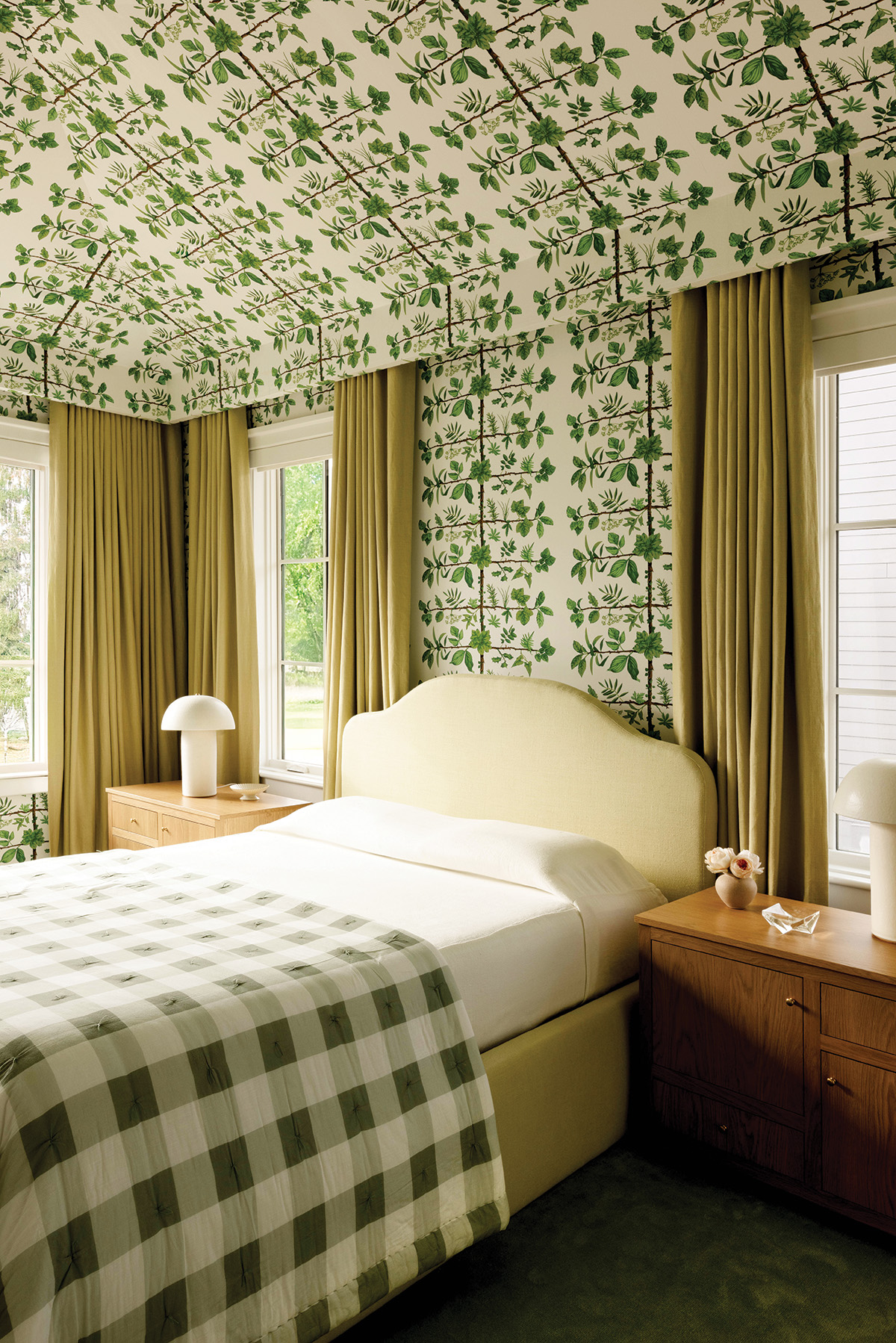
From punchy pastels to saturated jewel tones, color is breaking free of its neutral confines. In these artful Lowcountry homes, design becomes a joyful expression of personality and place.Story by Barry Kaufman / Photographs by Kelli Boyd and Nicole CohenInter...
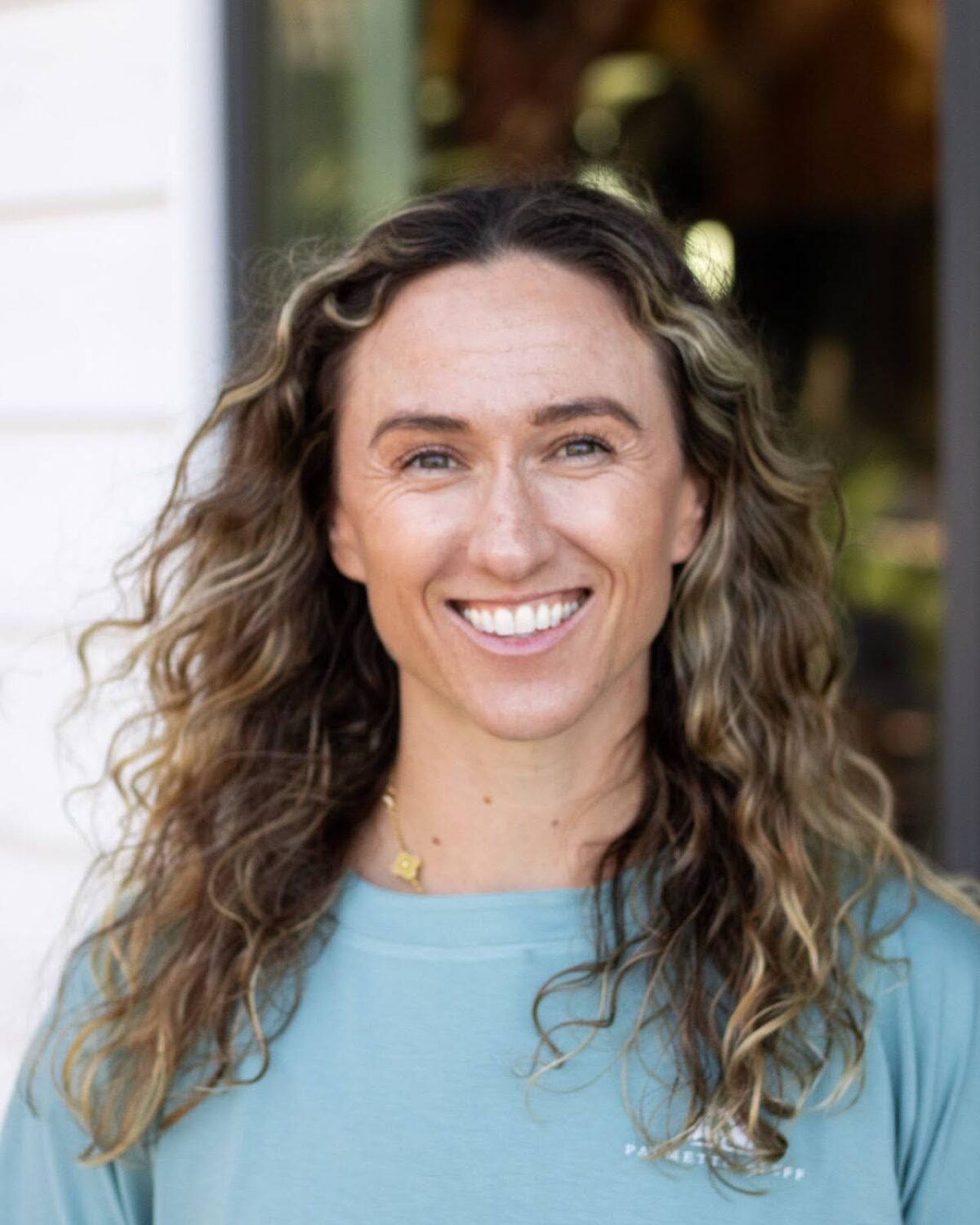
Inside the New Palmetto Bluff Club Fitness Center, Reformer Pilates Studio, and What Wellness Really Means Kendra Till's journey to Palmetto Bluff wasn't exactly a straight line. After growing up in Iowa and attending the University of South Carolina, her a...
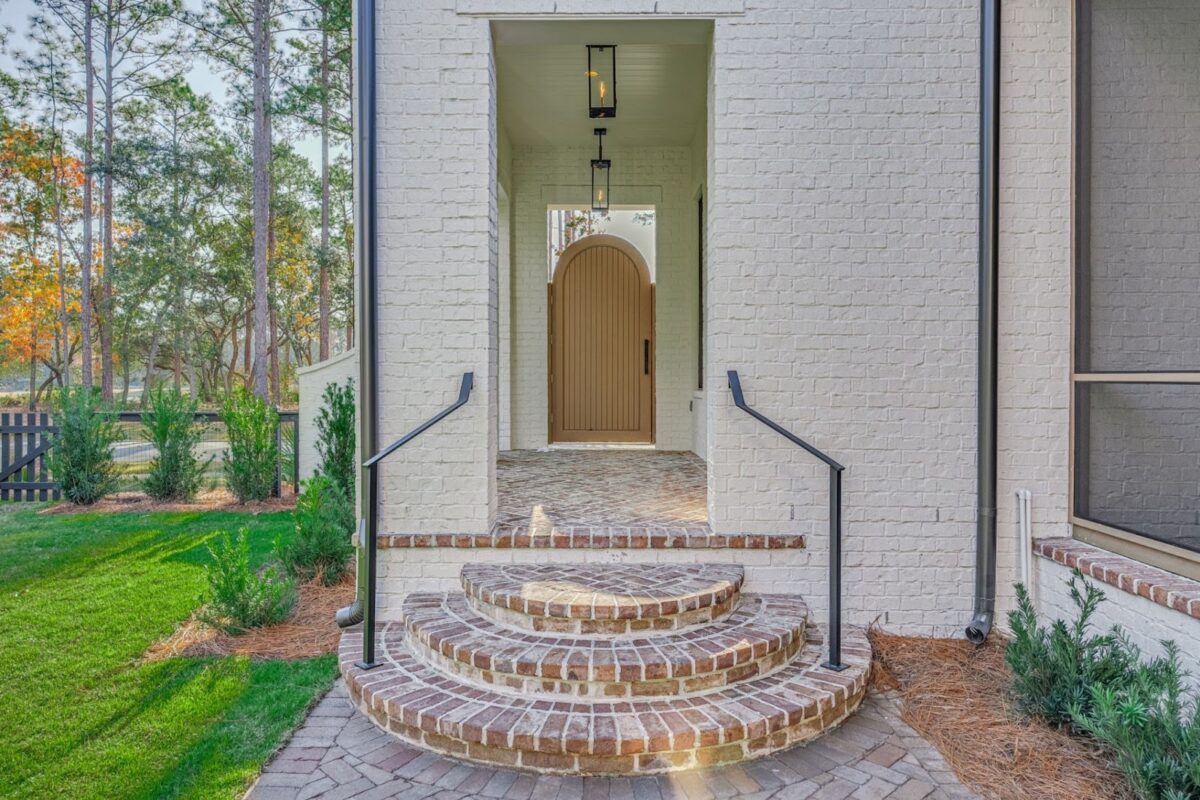
Palmetto Bluff Real Estate: Why Winter is the Best Time to Buy Your Lowcountry Home There’s something about winter in the Lowcountry that reveals the true beauty of what life at Palmetto Bluff truly feels like. Century-old live oaks strung with lights cast ...
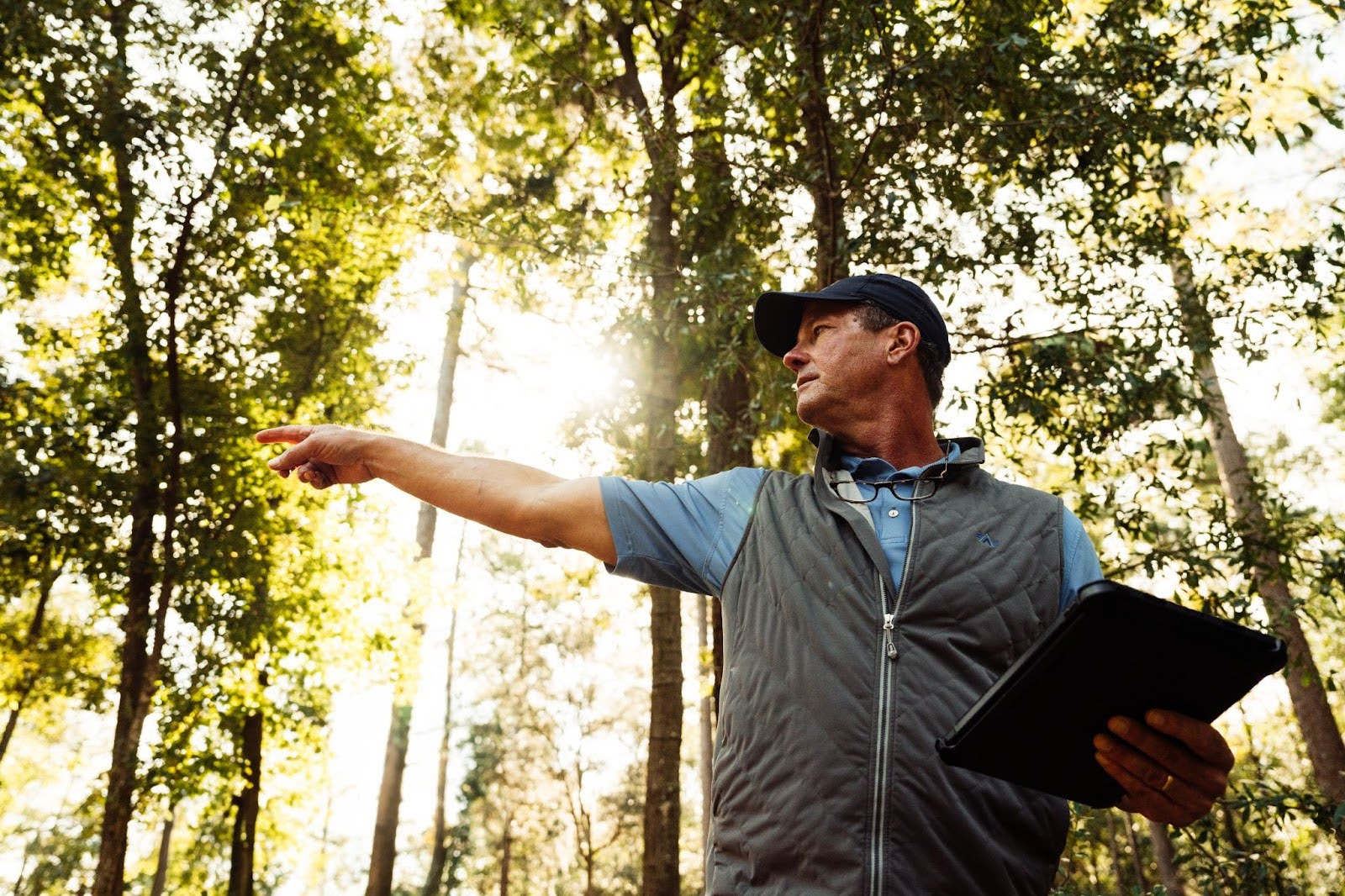
Anson Point Golf Course at Palmetto Bluff: A Coore & Crenshaw Nature-Forward Design Meet Palmetto Bluff’s Vice President of Development, Will Howard, a Georgia native who found his home in Bluffton over 20 years ago. As VP of Development, Will has a wide...

Warm, fragrant, and deeply comforting, Chef Beth’s Southern Sausage & Sage Stuffing is a holiday classic that brings together rich pork sausage, fresh herbs, and toasted bread for the ultimate savory side dish. Studded with green apples and aromatic vegeta...
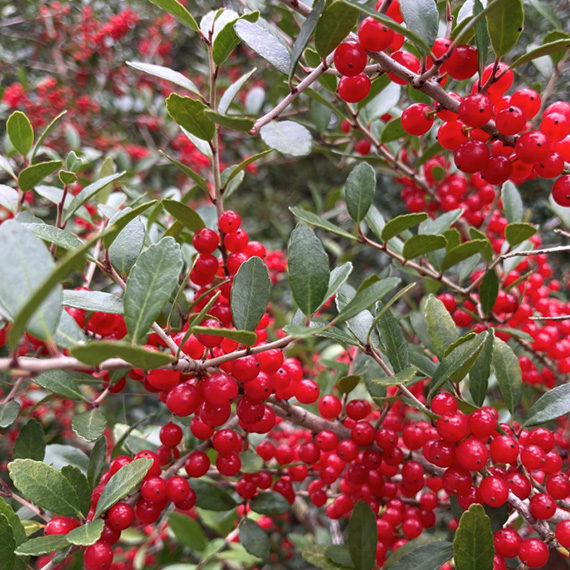
As December settles over Palmetto Bluff, it brings softer light, cooler mornings, and the natural beauty of native evergreens and winter berries that define the Lowcountry landscape. Palmetto Bluff Conservancy’s Education and Outreach Manager, Aaron Palmieri, ...

In 2025, Palmetto Bluff welcomed new neighbors and old friends, groundbreakings, and long-awaited openings. From inspired Club gatherings and elevated programming to the creation of our latest golf course, the year was defined by connection and excitement for ...
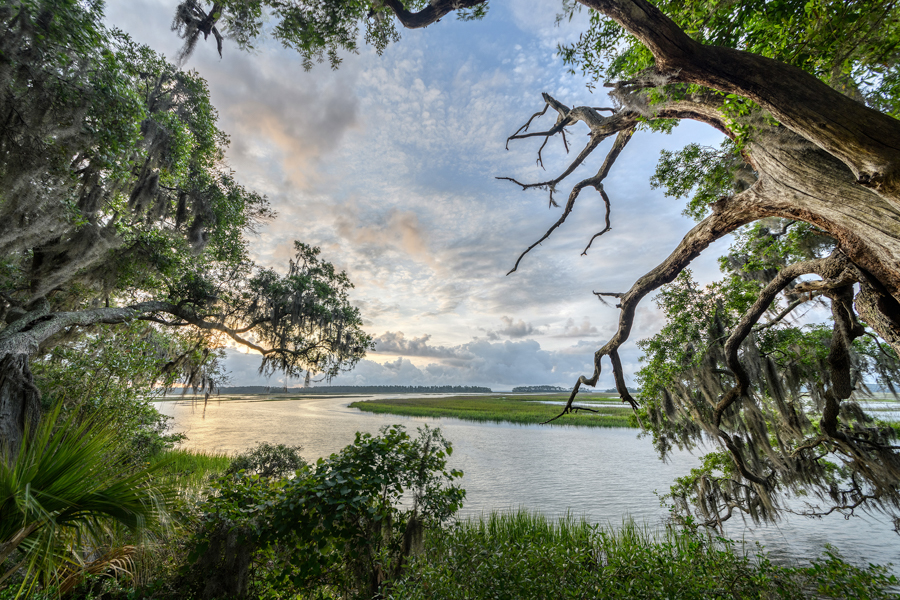
There is something serene about waking up to shimmering water, the stillness of the woods, or the sweep of marsh and sky right outside your window. Even without stepping outside, science shows that simply seeing nature from home can meaningfully improve mental...
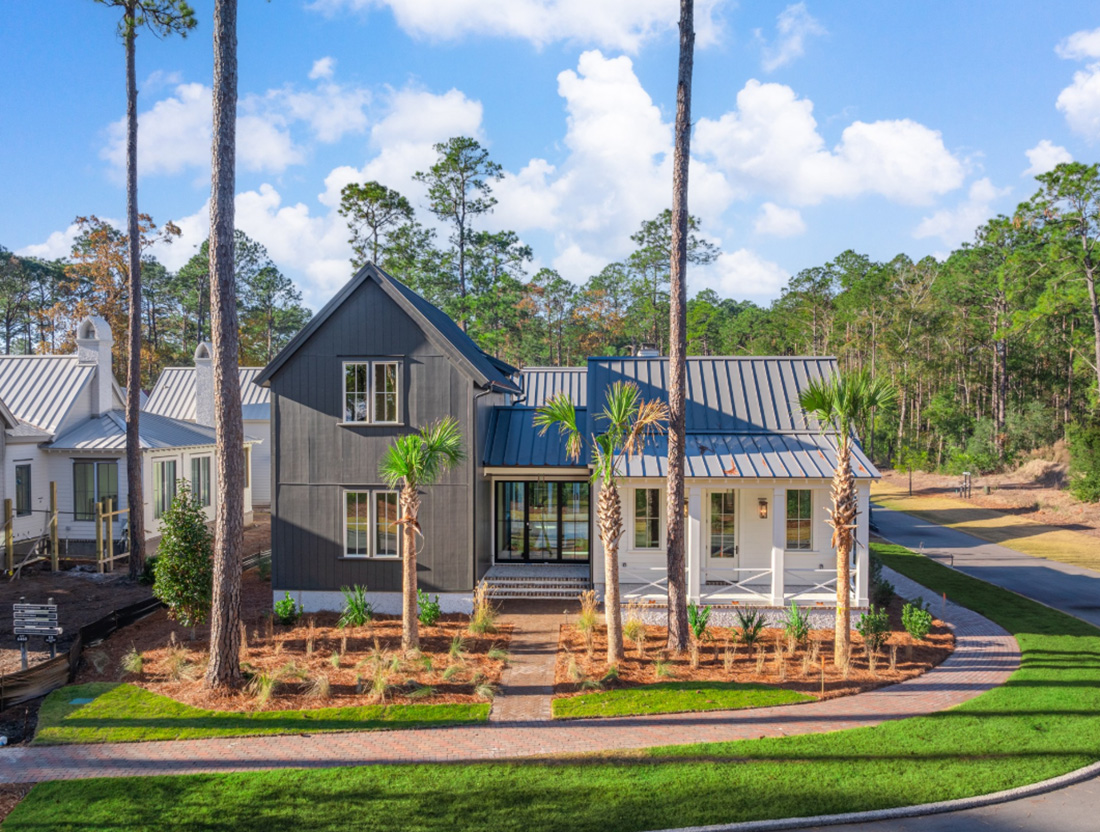
The Ultimate Choice: Building vs Buying a Home in Palmetto Bluff For those searching for Palmetto Bluff homes for sale, this common question often arises: Should you choose an existing residence, or embrace the opportunity to build your own? While a complet...
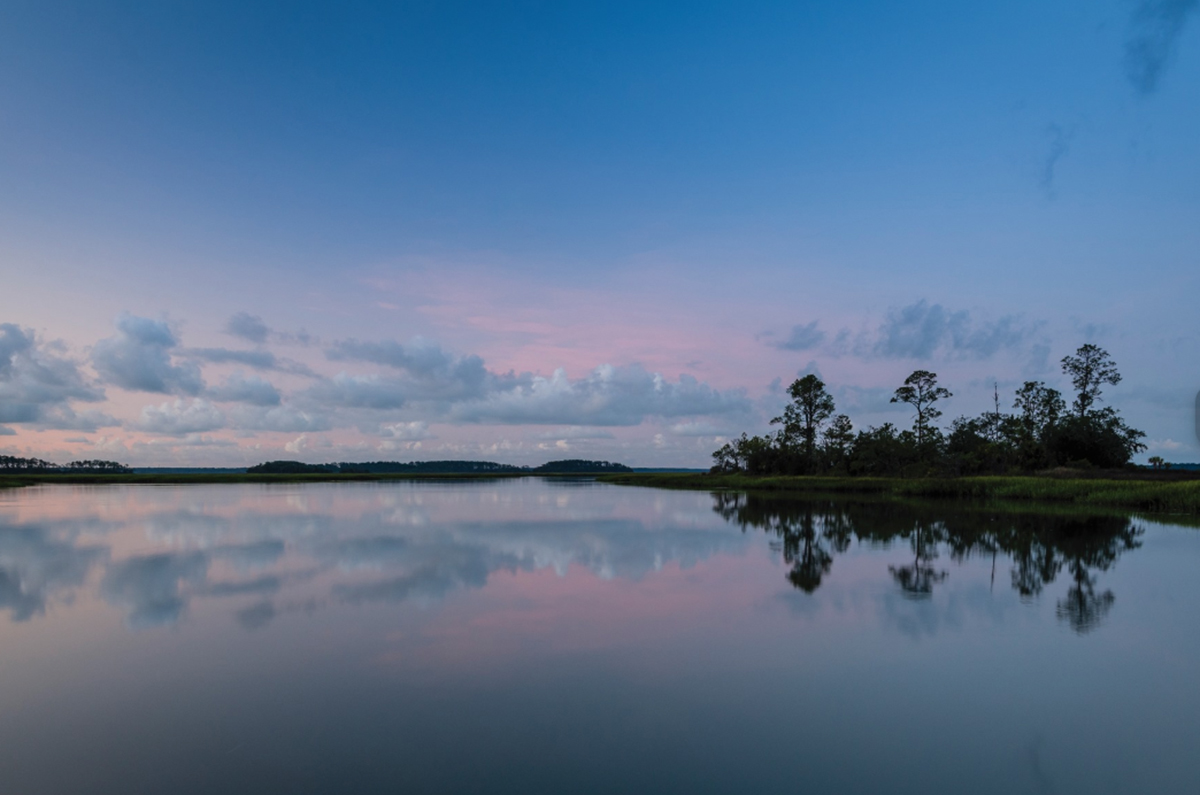
A Complete Guide to South Carolina Winter at Palmetto Bluff South Carolina's winter is unlike any other on the East Coast. While many travelers search for “South Carolina winter” expecting cooler temperatures and limited outdoor options, the Lowcountry revea...
We do not attempt to independently verify the currency, completeness, accuracy or authenticity of the data contained herein. All area measurements and calculations are approximate and should be independently verified. Data may be subject to transcription and transmission errors. Accordingly, the data is provided on an “as is” “as available” basis only and may not reflect all real estate activity in the market”. © [2023] REsides, Inc. All rights reserved. Certain information contained herein is derived from information, which is the licensed property of, and copyrighted by, REsides, Inc.